Disclosure: This article contains affiliate links. We may earn a commission from purchases at no extra cost to you, which helps our travel content.
The morning light in Sucre arrives like a gentle whisper, casting a golden hue across the colonial white facades that give this Bolivian gem its nickname. At 2,810 meters above sea level, the UNESCO-protected 'White City' offers a photographer's playground of architectural elegance, indigenous culture, and Andean landscapes that have captivated my lens and heart. Having documented cultural traditions across five continents, I found myself drawn to Sucre's unique blend of Spanish colonial heritage and vibrant Quechua influences—a visual symphony waiting to be captured.
The Architectural Canvas of La Ciudad Blanca
Sucre reveals itself as a meticulously preserved colonial masterpiece, where every whitewashed building tells a story of Bolivia's past. The city's historic center unfolds like pages from a 16th-century manuscript, with its grid-pattern streets leading to magnificent plazas and ornate churches.
My mornings began at Plaza 25 de Mayo, the beating heart of Sucre. I'd arrive just after sunrise when the plaza was empty save for a few locals and the soft morning light perfectly illuminated the Metropolitan Cathedral's baroque façade. This golden hour transforms ordinary architectural details into extraordinary compositions—the play of light and shadow on the colonial buildings creates natural contrasts that require minimal post-processing.
For architectural photography here, I relied heavily on my tilt-shift lens to correct perspective distortion on the towering colonial buildings. If you're working with a standard lens, position yourself further back and shoot at a longer focal length to minimize distortion.
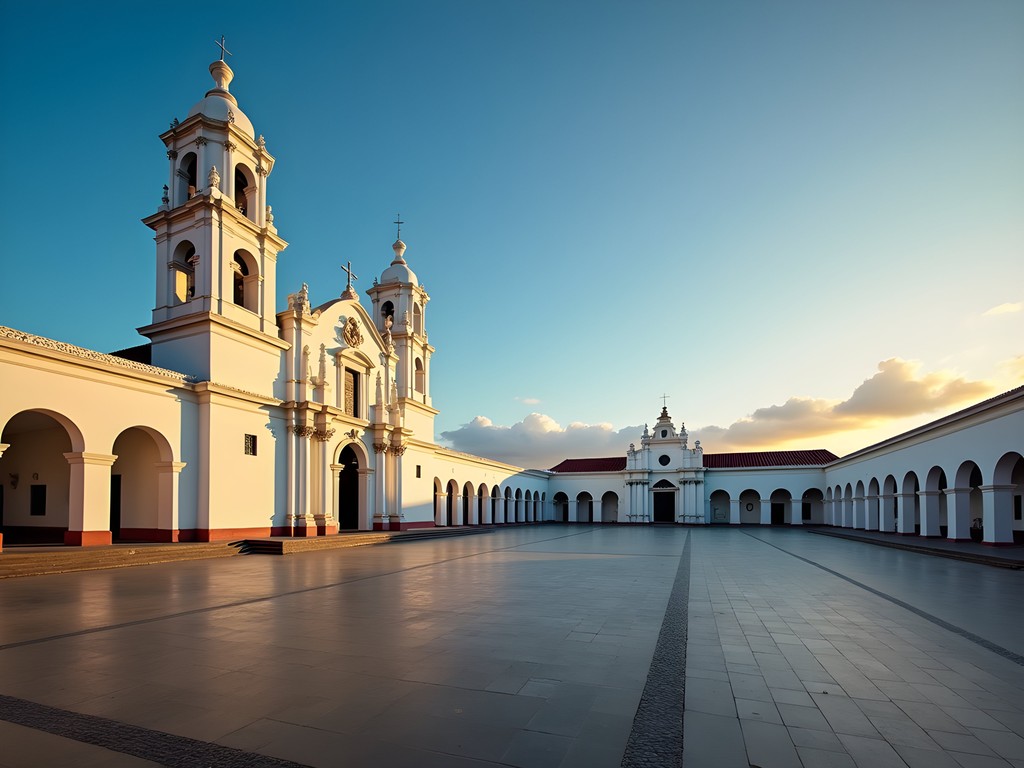
💡 Pro Tips
- Photograph the Metropolitan Cathedral between 7-8am for perfect light and minimal crowds
- Use a polarizing filter to enhance the contrast between Sucre's white buildings and the deep blue Andean sky
- Visit Casa de la Libertad during weekday mornings when tourist numbers are lower for unobstructed interior shots
Cultural Immersion Through the Viewfinder
To truly capture Sucre's essence, one must venture beyond architecture into its living cultural tapestry. The Tarabuco Market, held every Sunday about 65km from the city center, became my weekly ritual. Here, indigenous Yampara people gather in traditional dress—the women in layered skirts with intricate embroidery, the men in their distinctive helmeted montera hats that echo Spanish conquistador headgear but have been reclaimed as symbols of indigenous pride.
I learned quickly that photography at markets requires both respect and connection. Before raising my camera, I spent time building rapport with vendors, purchasing small items, and explaining my artistic intentions. A few phrases in basic Quechua opened doors that remained closed to the hurried tourist. Many locals were not only willing but proud to be photographed once a connection was established.
For this cultural documentation, I kept my compact prime lens mounted most days. Its wide aperture allowed me to work in the often dim lighting of indoor markets while creating that beautiful separation between subject and the colorful but potentially chaotic backgrounds.

💡 Pro Tips
- Learn basic Quechua phrases like 'Sumaq p'unchay' (good day) and 'Ñawiykita hap'iyta munani' (may I take your photo)
- Purchase items from vendors before requesting photos—it builds goodwill and supports the local economy
- Avoid flash photography in markets; instead, use a fast lens and higher ISO settings
Chasing Light in the Surrounding Landscapes
Sucre's beauty extends beyond its urban confines into the surrounding countryside, where the Andean landscape unfolds in dramatic fashion. One of my most memorable experiences was hiking to the Maragua Crater, a geological wonder about 30km from the city. The crater isn't actually the result of a meteor impact but rather a fascinating syncline formation created by erosion of concentric rock layers.
The journey to Maragua takes you through breathtaking scenery and past ancient dinosaur footprints preserved in vertical rock faces—a photographer's dream combining landscape and paleontological wonders. I spent three days exploring this area, sleeping in a basic homestay with a local family who showed me hidden viewpoints that aren't on typical tourist maps.
For this expedition, my weather-resistant backpack proved invaluable, protecting my gear through unexpected afternoon showers while providing easy access to equipment without having to fully unpack. I also relied heavily on my hiking gaiters during the muddy sections of trail—keeping my boots dry and allowing me to focus on composition rather than discomfort.

💡 Pro Tips
- Hire a local guide for Maragua Crater—they know exactly when the light hits the dinosaur footprints best
- Pack layers for dramatic temperature changes between day and night in the highlands
- Use a graduated neutral density filter to balance bright Andean skies with darker foreground landscapes
The Luminous Festivals of Sucre
If you time your visit right, Sucre offers spectacular festivals that provide unparalleled photographic opportunities. I was fortunate to witness Todos Santos (All Saints Day) and Día de los Muertos (Day of the Dead) celebrations in early November, where the intermingling of Catholic and indigenous traditions creates visual narratives unlike anywhere else.
The cemeteries transform into vibrant spaces of remembrance, with families bringing offerings of food, drink, and flowers to departed loved ones. The contrast between solemn remembrance and colorful celebration creates a fascinating visual dichotomy. As an outsider documenting these deeply personal moments, I approached with particular sensitivity, always asking permission before photographing people at family graves.
For night photography during the candle-lit cemetery vigils, my compact travel tripod was essential for capturing the magical atmosphere without pushing ISO too high. I also found my light pollution filter surprisingly useful in Sucre—not for actual light pollution (which is minimal) but for balancing the warm candlelight with the deep blue of the early evening sky.

💡 Pro Tips
- Be respectful when photographing religious ceremonies—always observe first, shoot later
- Use a lens hood to prevent flare from candles and lanterns during evening festivals
- Consider converting festival images to black and white with selective color to emphasize emotional impact
Practical Photography Tips for Solo Travelers
Navigating Sucre as a solo photographer presents both freedoms and challenges. The city is relatively safe by South American standards, but camera equipment marks you as a tourist and potential target. I developed a routine of working with a single camera body and lens each day, carrying only what I needed in an unassuming anti-theft crossbody bag rather than an obvious camera bag.
Mornings offered the best light and safest conditions for solo shooting. I'd begin at dawn, capturing the city as it awakened, then retreat to a café during harsh midday light to review images and plan afternoon locations. This rhythm allowed me to maximize productive shooting hours while minimizing risk.
While exploring more remote areas, I found my GPS communicator provided peace of mind, especially when venturing to places like Cal Orkco (the 'Wall of Dinosaur Footprints') where cellular coverage disappears. The ability to share my location and send messages if needed meant I could focus on creative work rather than safety concerns.
For those shooting with smartphones rather than dedicated cameras, I recommend the smartphone lens kit which dramatically improves the creative possibilities for mobile photography in Sucre's picturesque streets.
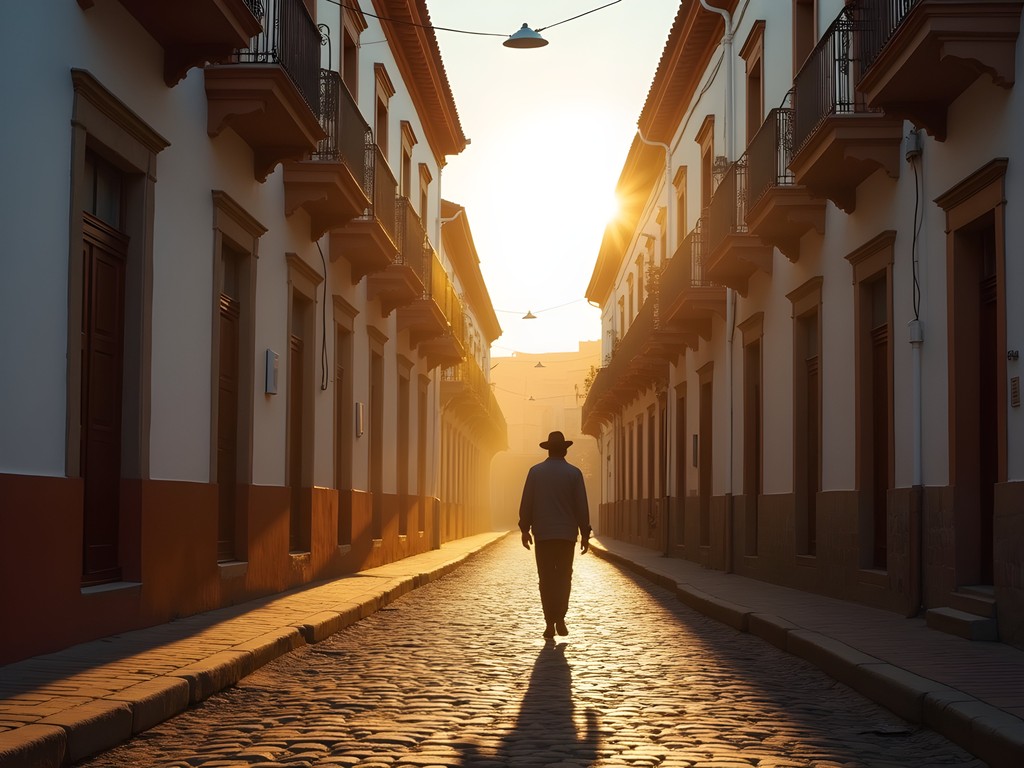
💡 Pro Tips
- Use a cross-body camera strap and keep your gear close, especially in crowded markets
- Back up photos daily to both physical storage and cloud services when you have WiFi
- Consider joining photography walking tours for safety in numbers while accessing unique vantage points
Final Thoughts
As I packed away my equipment on my final evening in Sucre, watching the sunset paint the white city in shades of amber and rose, I reflected on how this place had transformed both my portfolio and perspective. Sucre demands more than a casual glance—it rewards those who slow down, who wait for perfect light, who engage with locals beyond the superficial.
The city taught me that truly capturing a place means embracing its rhythms: rising with the morning church bells, resting during the sacred afternoon quiet, and venturing out again as the evening light softens the whitewashed walls. In documenting Sucre, I found myself documenting a conversation between colonial history and living indigenous traditions, between architectural preservation and cultural evolution.
If your camera leads you to Bolivia's White City, come with patience, respect, and curiosity. The images you create will be more than pretty pictures—they'll be windows into a place where time moves differently, where light has a character all its own, and where every photograph tells a story centuries in the making.
✨ Key Takeaways
- Sucre offers exceptional photography opportunities combining colonial architecture, indigenous culture, and Andean landscapes
- Building relationships with locals leads to more authentic and meaningful photographic opportunities
- The best images come from patience—waiting for perfect light and returning to locations at different times
- Respect cultural sensitivities, especially during religious ceremonies and at indigenous markets
📋 Practical Information
Best Time to Visit
April-October (dry season), with April-May offering ideal spring weather and fewer tourists
Budget Estimate
$30-50 USD per day including accommodation, food and local transportation
Recommended Duration
5-7 days minimum to explore the city and surrounding areas
Difficulty Level
Moderate Due To Altitude (2,810m) And Some Challenging Terrain For Landscape Photography
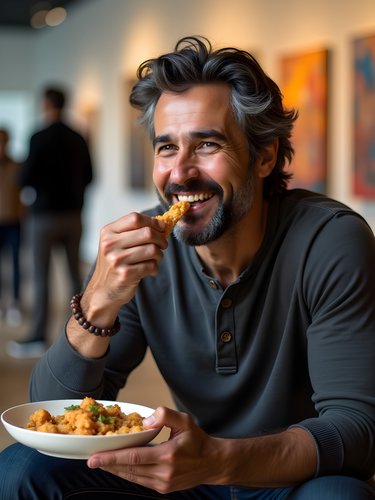
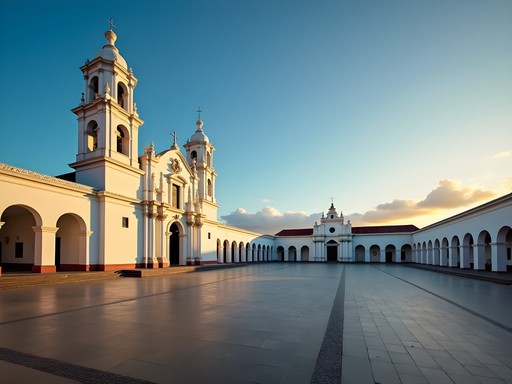


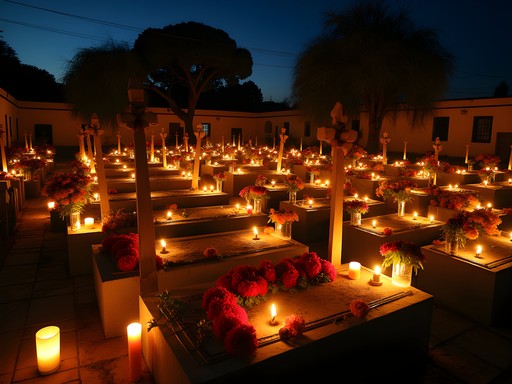
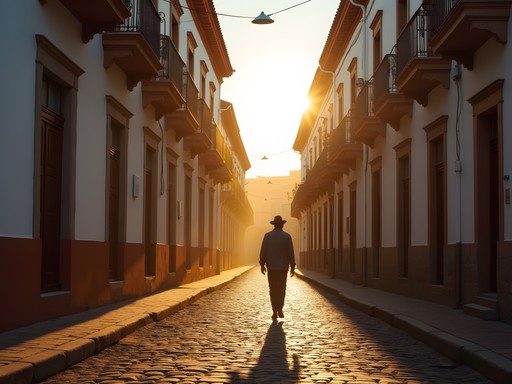


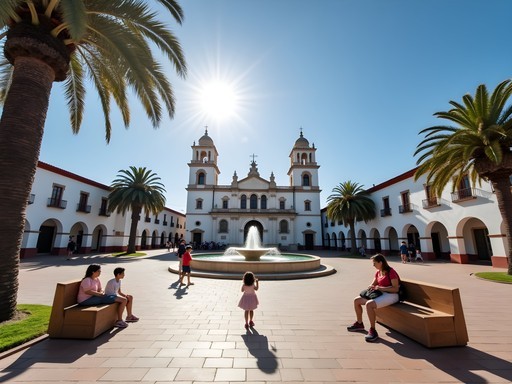
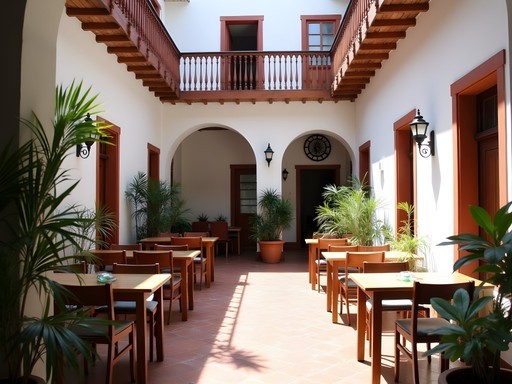
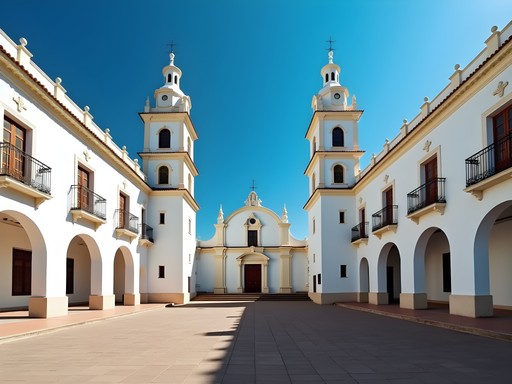
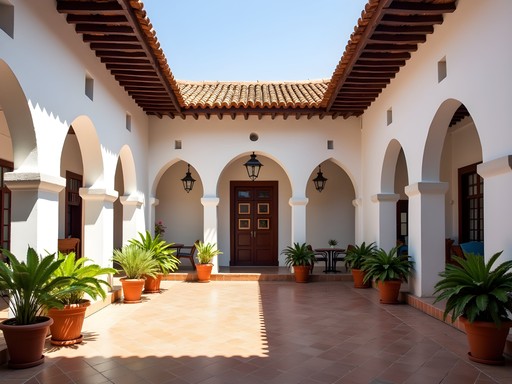




Comments
adventureblogger
Beautiful post! Is November a good time to visit Sucre for photography? I heard it might be rainy season.
Amit Sanchez
November can be tricky with afternoon showers, but the storms create dramatic skies! Morning light is still gorgeous and the rain cleans the air for better clarity. Just bring a rain cover for your camera.
wintervibes
I was there last November and got some amazing rainbow shots after the rain! Definitely worth it.
Elena Wells
Amit, your photography truly captures the essence of Sucre! I visited last year on a shoestring budget and was mesmerized by those white-washed buildings. For anyone planning to go - I found early morning (6-8am) perfect for photography as the streets were empty and the light was magical. I stayed at a small hostel near Plaza 25 de Mayo which was perfect for sunrise walks. One tip: I used my travel tripod for those low-light dawn shots, absolute game-changer for capturing the city waking up! Did you find any hidden spots that weren't in the guidebooks?
Amit Sanchez
Thanks Elena! You're absolutely right about those early mornings. My favorite hidden spot was actually the rooftop of a small café called Mirador on Calle Aniceto Arce - the owner lets photographers up there if you buy breakfast. Perfect panoramic view!
adventureblogger
Going to Sucre next month and definitely checking out that café! What lens would you recommend for city photography?
Elena Wells
@adventureblogger I found a 24-70mm perfect for Sucre - wide enough for the plazas but can zoom for details. The light there is incredible!
wintervibes
These photos are incredible! Adding Sucre to my bucket list right now.
adventurelegend9687
Wow Amit, your photos of Sucre are absolutely stunning! I was there last year and completely fell in love with the White City. Those morning shots with the golden light on the colonial buildings brought back so many memories. Did you get a chance to photograph the Sunday market in Tarabuco? The textiles there are a photographer's dream with all those vibrant colors against the white architecture. I'm heading back to Bolivia next spring and definitely using your guide as inspiration!
Amit Sanchez
Thanks so much! Yes, I did make it to Tarabuco - those textiles were incredible against the white buildings. I'll be adding a separate post about the markets soon!
adventurelegend9687
Can't wait to see that post! The contrast between the colorful textiles and the white architecture is just magical.
bolivian_explorer
As a local, I'd suggest visiting the Tarabuco Sunday market for incredible photography opportunities. The textiles and indigenous clothing create a riot of color against Sucre's white backdrop. Just be respectful and always ask permission before photographing people.
Amit Sanchez
That's excellent advice! The Tarabuco market was one of my highlights too. Those textiles are incredible, and I found most people were happy to be photographed if asked respectfully. Thanks for emphasizing that important point.
altiplano_dreamer
Just got back from Bolivia and Sucre was definitely a highlight! The white architecture is even more impressive in person. We happened to be there during a small festival (not sure which one) and the contrast between the colorful traditional clothing and those pristine white buildings was incredible. Spent hours just wandering and shooting. One tip for photographers heading there: the altitude is real! I was huffing and puffing carrying my gear up those hills. Take it slow the first couple days.
Kimberly Murphy
So true about the altitude! I thought I was reasonably fit until I tried to quickly climb those streets with a backpack full of camera gear! Did you make it to Recoleta for the city panorama? Worth the climb!
altiplano_dreamer
Yes! That view from Recoleta was worth every labored breath! Got some amazing sunset shots from up there.
travelwithpurpose
Your shot of the local woman weaving in that perfect shaft of light is absolutely stunning. The way you captured her hands in motion tells such a story.
photojourney
Your shot of Plaza 25 de Mayo at dawn is absolutely stunning! The light is perfect.
travelbug22
Going to Sucre next month! Is it really as safe as they say for walking around with camera gear?
wildguide
I was there in May and felt super safe in the center. Just use normal precautions like you would anywhere. The locals were really friendly!
Amit Sanchez
I agree with @wildguide - Sucre is one of the safer Bolivian cities. I walked around with my camera most days without issues. Just be aware of your surroundings in more remote areas or after dark. The central historic district is well-patrolled and full of tourists with cameras!
wanderlust_emma
Going to Sucre next month! What camera settings did you use for those amazing night shots of the illuminated buildings? My night photography always turns out too grainy.
Amit Sanchez
For the night shots, I used f/2.8, ISO 800, and a 15-20 second exposure on a tripod. The key is finding a stable surface if you don't have a tripod. Also, use your camera's timer to avoid shake when pressing the shutter. Enjoy Sucre!
wanderlust_emma
Thanks so much! Will definitely try these settings. Can't wait!
Venture X
Premium card with 2X miles, $300 travel credit, Priority Pass